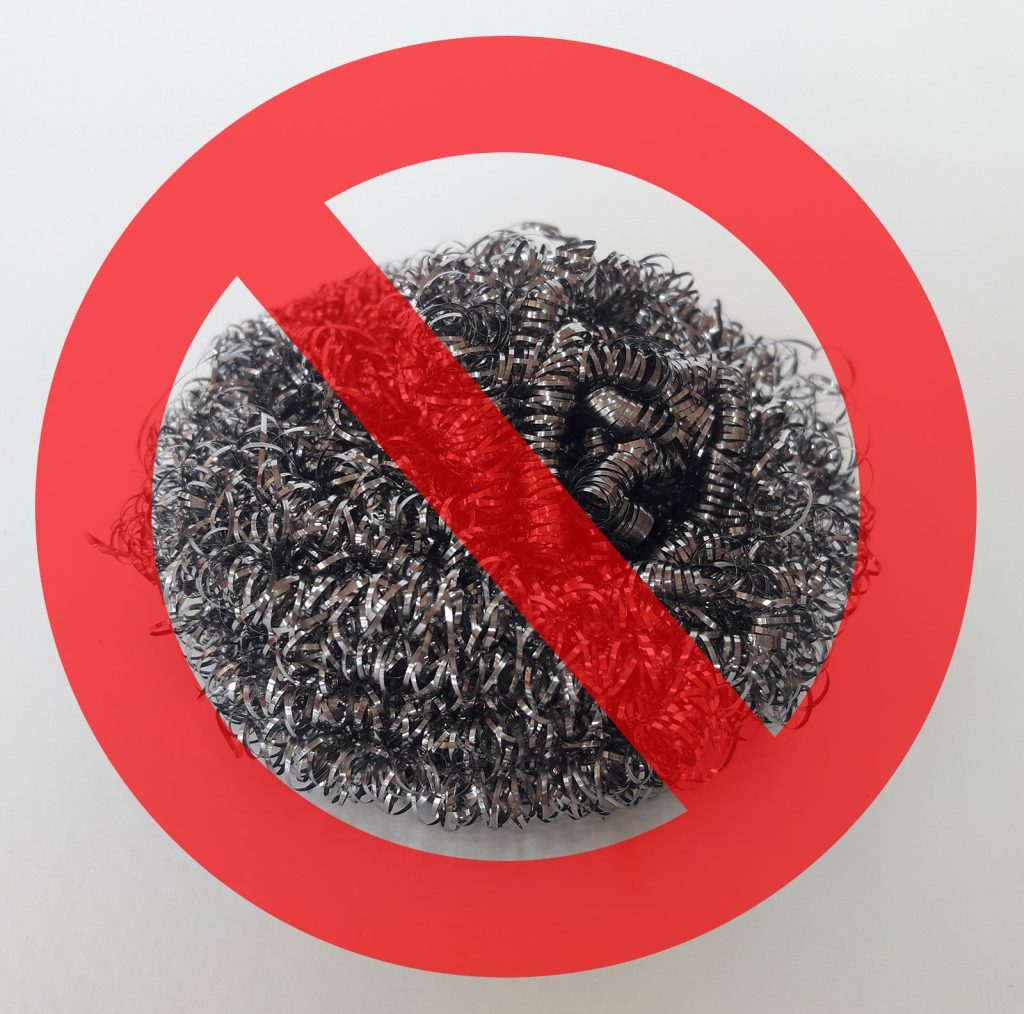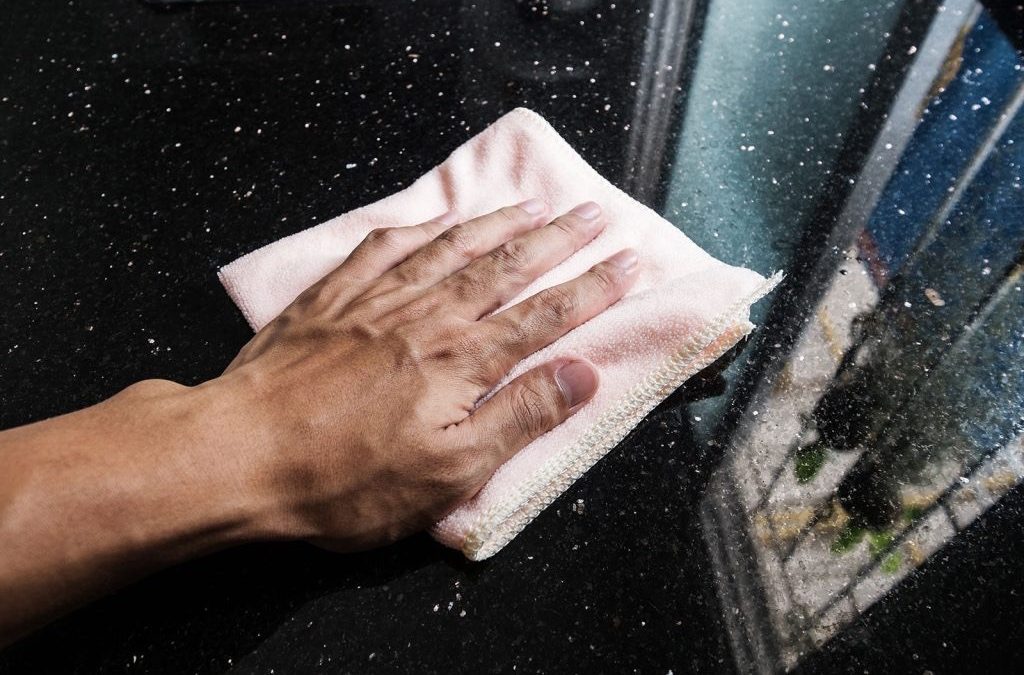Cleaning cultured marble is an important aspect of maintaining its beauty and longevity. This material, made from a combination of marble dust and resin, is commonly used for bathroom countertops, showers, and other surfaces due to its durability and elegant appearance. However, it requires specific care and attention to prevent damage or discoloration. In this blog post, we will discuss the do’s and don’ts of cleaning cultured marble to ensure that your surfaces stay in pristine condition for years to come.
Understanding Cultured Marble: Characteristics and Properties
Cultured marble is a unique material that combines the elegance of marble with the durability of resin. It is composed of a mixture of marble dust and synthetic resin, creating a solid surface that is perfect for bathroom countertops, showers, and other surfaces.
One of the key characteristics of cultured marble is its versatility. It can be molded into various shapes and sizes, allowing for customization and flexibility in design. Additionally, cultured marble is non-porous, which means it is resistant to stains and water damage. This makes it an ideal choice for areas that are prone to moisture, such as bathrooms.
Another important characteristic of cultured marble is its durability. It is highly resistant to chipping, scratching, and cracking, making it a long-lasting investment for your home. However, it is important to note that despite its durability, cultured marble is not completely immune to damage. Harsh chemicals, abrasive cleaners, and sharp objects can still cause harm to the surface, so proper care is necessary.
In terms of appearance, cultured marble offers a wide range of colors and patterns to choose from, allowing you to create a personalized and visually appealing space. Its smooth and glossy finish adds a touch of elegance and sophistication to any room.
Overall, understanding the characteristics and properties of cultured marble is crucial for proper care and maintenance. By knowing its versatility, durability, and visual appeal, you can ensure that your cultured marble surfaces stay in top condition for years to come.

The Do’s in Cleaning Cultured Marble
To keep your cultured marble surfaces looking pristine, here are the key do’s in cleaning cultured marble. First and foremost, always use gentle and non-abrasive cleaning products. Harsh chemicals and abrasive cleaners can cause discoloration or damage to the surface. Instead, opt for mild soaps, pH-neutral cleaners, or specialized cultured marble cleaners. Remember to dilute the cleaner with water as instructed to avoid any potential harm. Additionally, always use a soft cloth or sponge to clean the surface. Avoid using scrub brushes or abrasive pads that can scratch or dull the glossy finish. It’s also important to wipe up spills and moisture promptly to prevent staining or water damage. Lastly, consider using a sealant or polish specifically designed for cultured marble to enhance its shine and protect against stains. By following these do’s, you can ensure that your cultured marble surfaces stay beautiful and long-lasting.
The Don’ts to Avoid When Cleaning Cultured Marble
When it comes to cleaning cultured marble, there are several important don’ts to keep in mind to avoid damaging or discoloring the surface. First and foremost, avoid using abrasive cleaners or scrub brushes. These can cause scratches and dull the glossy finish of the marble. Additionally, steer clear of harsh chemicals such as bleach or ammonia, as they can react with the resin in the marble and cause discoloration. Avoid using vinegar or lemon juice as well, as the acid can eat away at the surface. Another don’t is leaving spills or moisture on the surface for extended periods of time. This can lead to staining or water damage, so it’s crucial to wipe up spills promptly. Lastly, don’t use any sharp objects or knives directly on the marble, as they can cause scratches or chips. By avoiding these don’ts, you can maintain the beauty and longevity of your cultured marble surfaces.
Pro Tips for Maintaining Your Cultured Marble
To ensure that your cultured marble surfaces stay in top condition for years to come, here are some pro tips for maintenance:
- Regularly clean and dry the surface: It’s important to clean your cultured marble regularly to prevent buildup and maintain its shine. Use a mild soap or pH-neutral cleaner and a soft cloth or sponge to gently wipe down the surface. After cleaning, be sure to dry it thoroughly to prevent water spots or streaks.
- Avoid using abrasive tools or materials: When cleaning or wiping down your cultured marble, avoid using abrasive tools or materials such as scrub brushes or rough sponges. These can cause scratches or dull the glossy finish. Stick to soft, non-abrasive materials to preserve the surface.
- Use cutting boards and coasters: To protect your cultured marble from scratches or stains, always use cutting boards when preparing food and coasters or trivets when placing hot or wet items on the surface. This will help prevent any damage and maintain the pristine appearance.
- Address stains promptly: If you notice any stains on your cultured marble surface, address them promptly. Use a mild stain remover specifically formulated for cultured marble and follow the instructions carefully. Avoid using harsh chemicals or scrubbing vigorously, as this can damage the surface.
- Avoid placing heavy or sharp objects directly on the surface: Cultured marble is durable, but it’s best to avoid placing heavy or sharp objects directly on the surface to prevent any potential chips or cracks. Use protective mats or trivets when dealing with heavy or sharp items.
By following these pro tips for maintaining your cultured marble, you can ensure that it remains beautiful, durable, and long-lasting for years to come.
We hope these tips help you out! Be sure to drop by Acadiana Marble or give us a call if you have any questions. Check out our Facebook for daily updates!

Trackbacks/Pingbacks